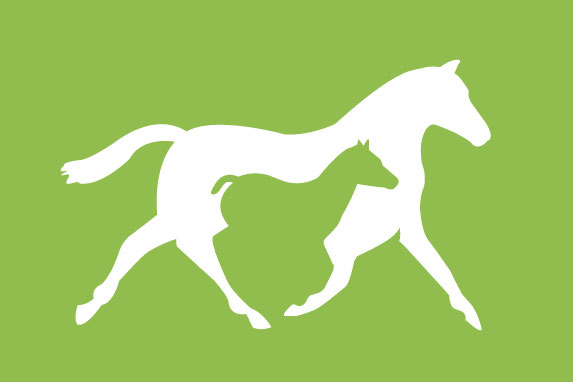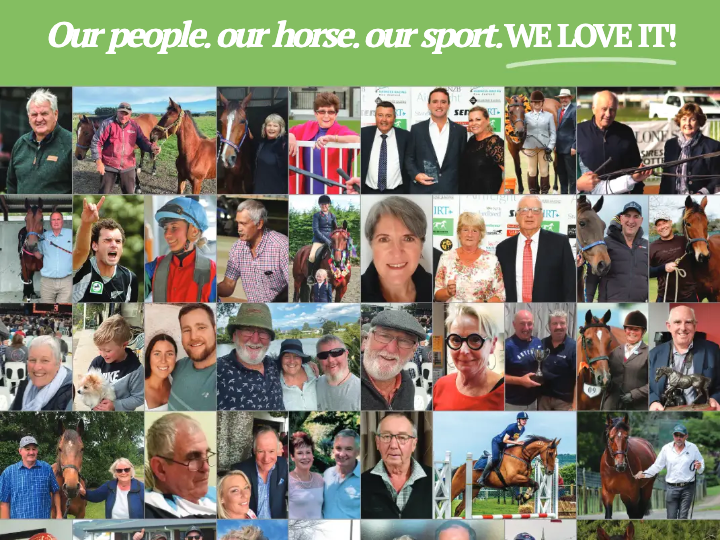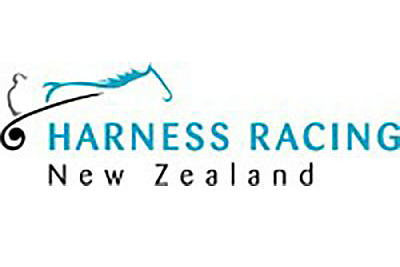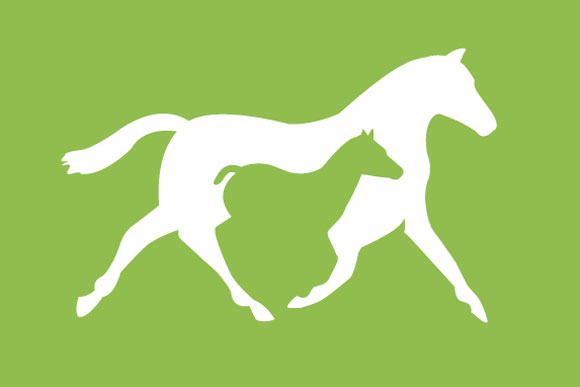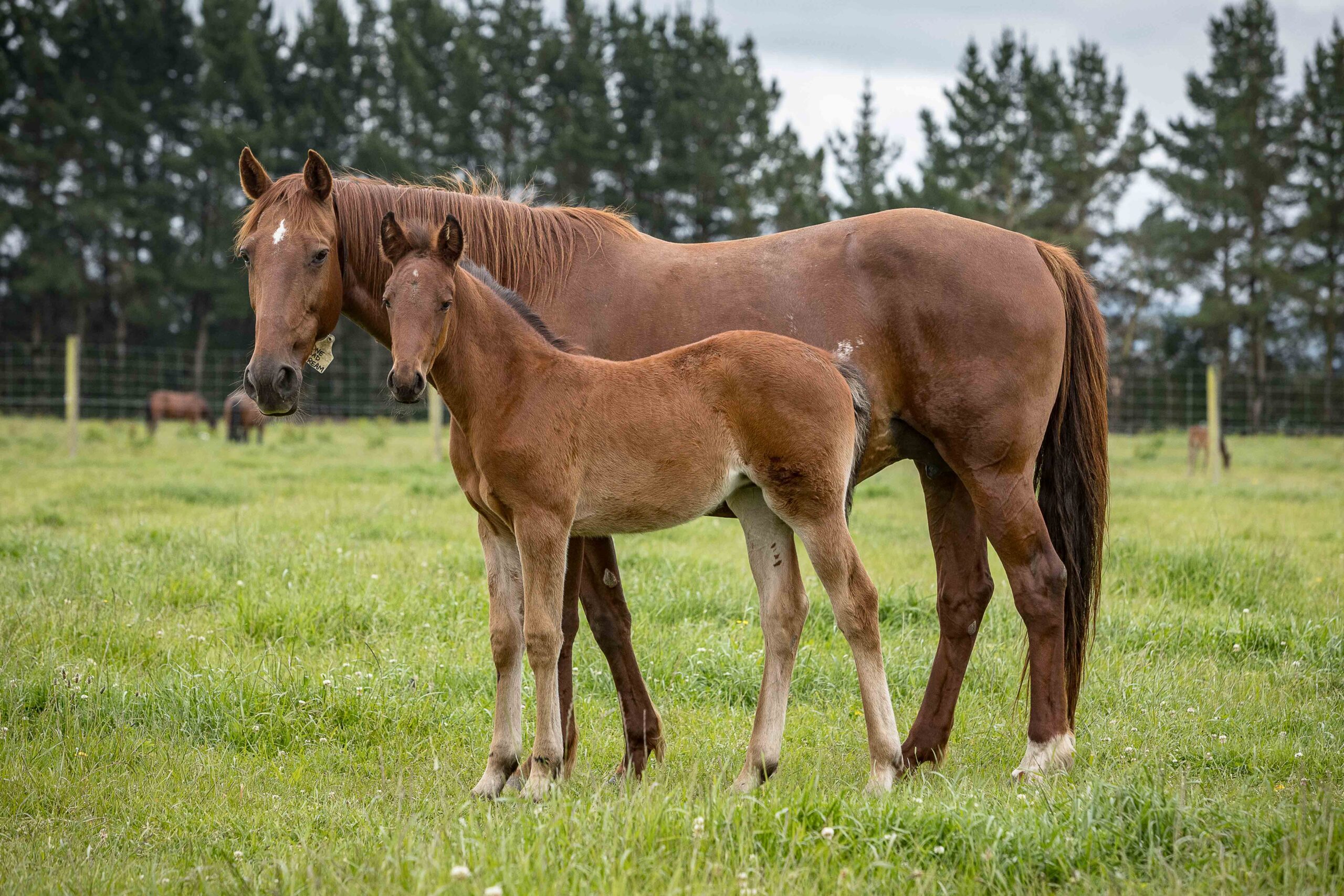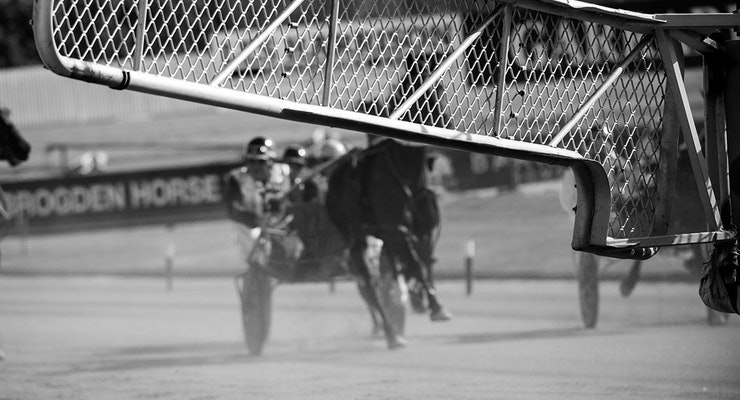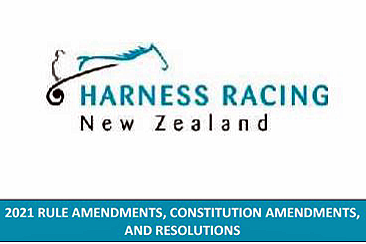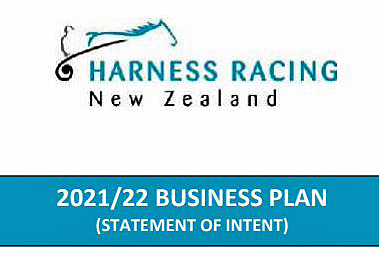Australian breeding rules update
27 August 2020
By Michael Guerin
Some of the giants of the Australasian breeding industry have engaged legal representation to fight Australia’s new limit on the number of mares a stallion can serve a season.
And Harness Racing New Zealand chairman Ken Spicer says his organisation are following developments with interest even though there are no immediate plans to mandate restrictions on stallion’s books here.
HRA stunned many in the industry with a recent rule change for this breeding season that no stallion could cover more than 150 mares per season.
After blowback from major studs and some breeders the number was then changed to 150 mares plus 20 free returns.
Going on last breeding season’s numbers the restrictions would only affect four stallions, two of them being the Woodlands Stud pair of Sweet Lou and American Ideal while Alabar superstar Art Major would also be affected.
But it has enormous potential effects on future stallion acquirement and oddly for the owners of smaller broodmare bands.
The major NZ studs Woodlands and Nevele R have joined with Alabar, Northern Rivers Equine and Tipperary and have now engaged a Melbourne-based
law firm as they believe not only were they properly consulted but the restrictions are a restraint of trade.
“There are a lot of elements of this we are uncomfortable with,” says Woodlands Stud principal Andrew Grierson.
“Firstly the lack of consultation. HRA says they spoke to a lot of major farms but our stallions are responsible for 15 per cent of the Australian mares served last year and we weren’t spoken to directly.”
The studs point out that not only does the decision affect studs which have already spent money on world class stallions working on projected returns under the old system, it works against smaller breeders.
“This is going to make it harder for the smaller breeders to get into the best stallions,” says Grierson.
“The breeder with 20 mares is obviously going to have more pull with the studs than the breeder with one or two so those small breeders could be denied the chance to go to the commercial stallion they want.”
HRA’s decision comes in part over concerns around the shrinking gene pool diversity for harness racing breeders, with the elite stallions able to serve enormous books because of artificial insemination whereas thoroughbred stallions have to serve naturally.
Grierson says the studs are willing to talk about the future of breeding but as the major stake holders in that side of the industry they have to be listened to.
“This could enormously impact future decisions on studs in Australasia securing world class stallions.
“We have seen rules like this brought in in thoroughbred racing in New York which will start for horses born this year.
“That is a lot fairer because that means right from the yearling sales people who buy these colts will be able to factor the future rules into their valuations, which can go on to be part of decisions they make about their futures.
“But a lot of the studs have already made those decisions, those valuations about stallion’s worth and now that could potentially be changed by one ruling.”
HRNZ discussed the HRA decision and whether it would possibly be implemented in New Zealand but have decided for this year as least to leave stallion books to be drive by market forces.
“We don’t see the need to change now but of course that could change in the future, like most rules,” says HRNZ chairman Ken Spicer.
“So we are interested to see how this all shakes out in Australia and what, if it does become a legal battle, what any subsequent ruling is.”


